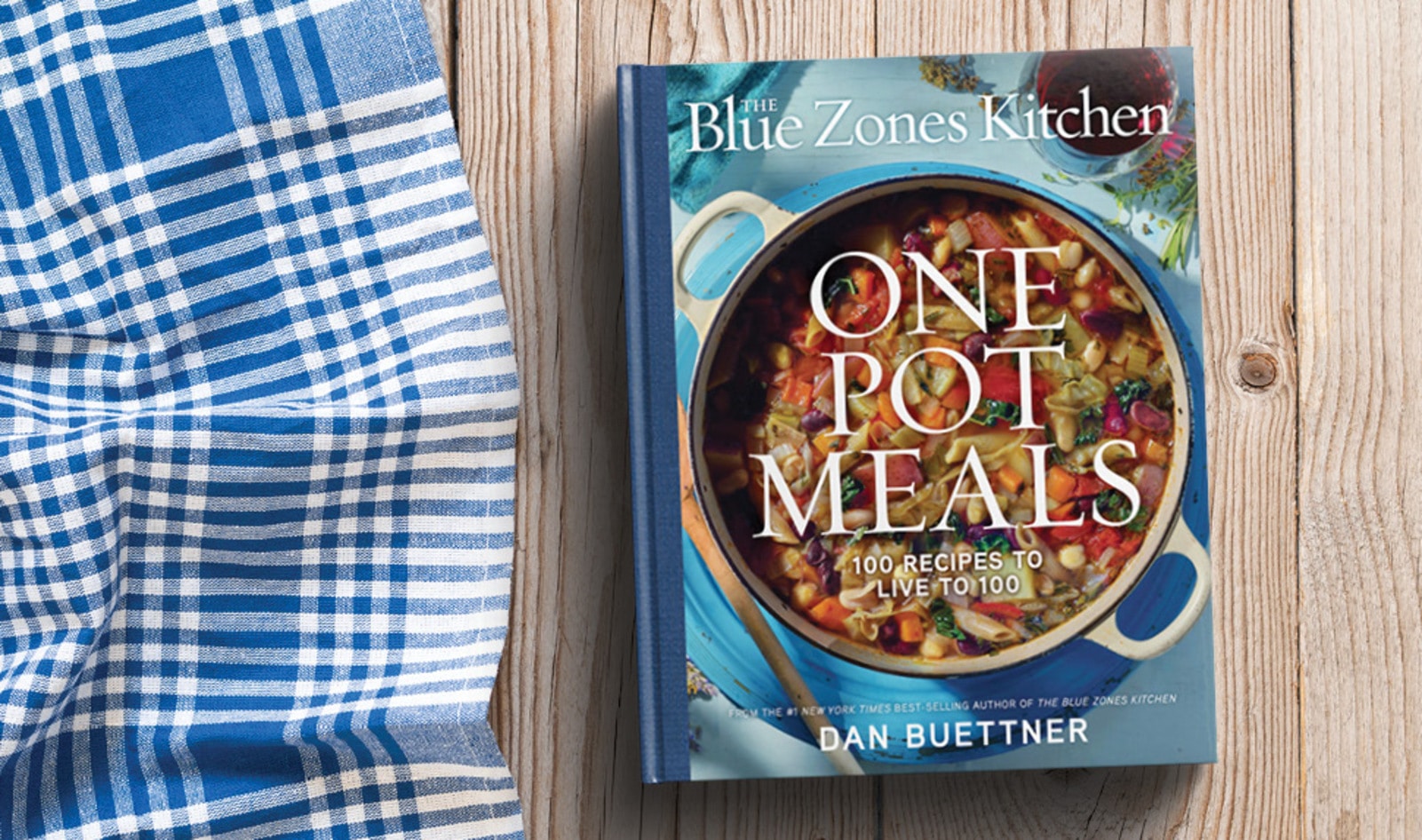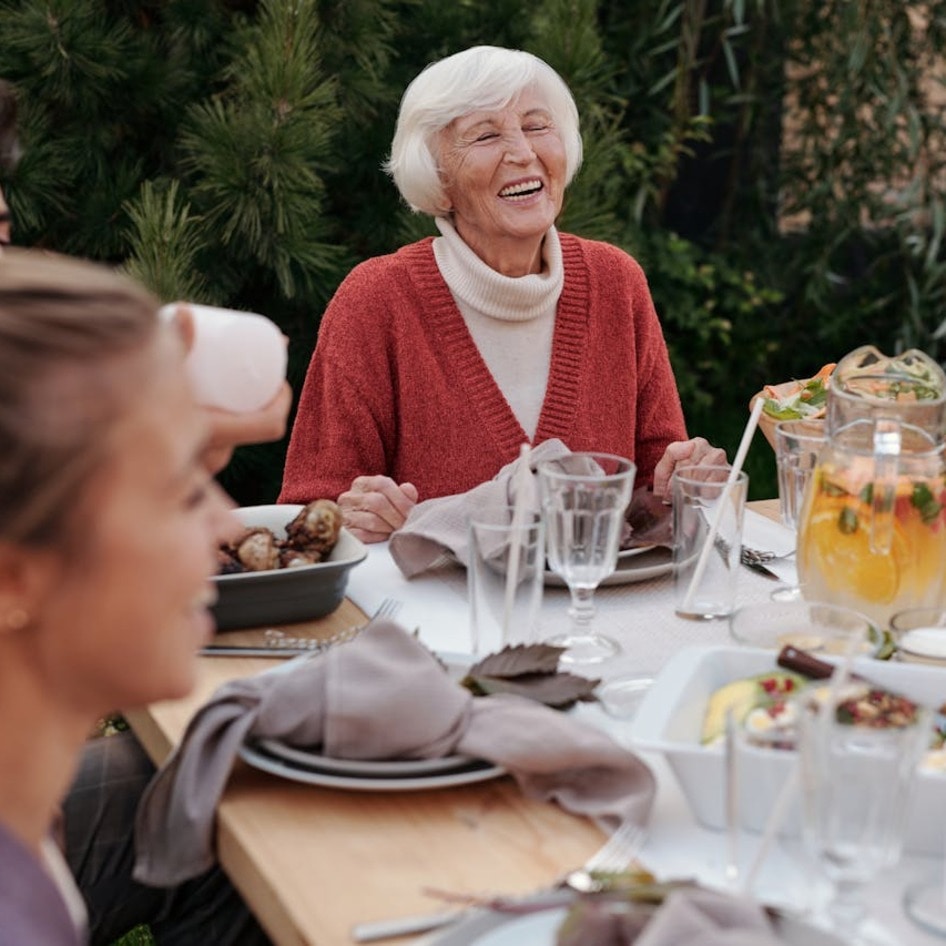Dan Buettner is out working in his garden. It’s late August, and in Wisconsin, where he lives, summer’s departure will be much more noticeable than here in Los Angeles. I catch glimpses of Buettner and his garden during our recent video interview, but he keeps the camera off for most of our call— the signal isn’t great out there. But when he turns the camera on to say hello, to show me his garden, and before we end the call, the sun is high overhead, and a sea of greenery floods the background.
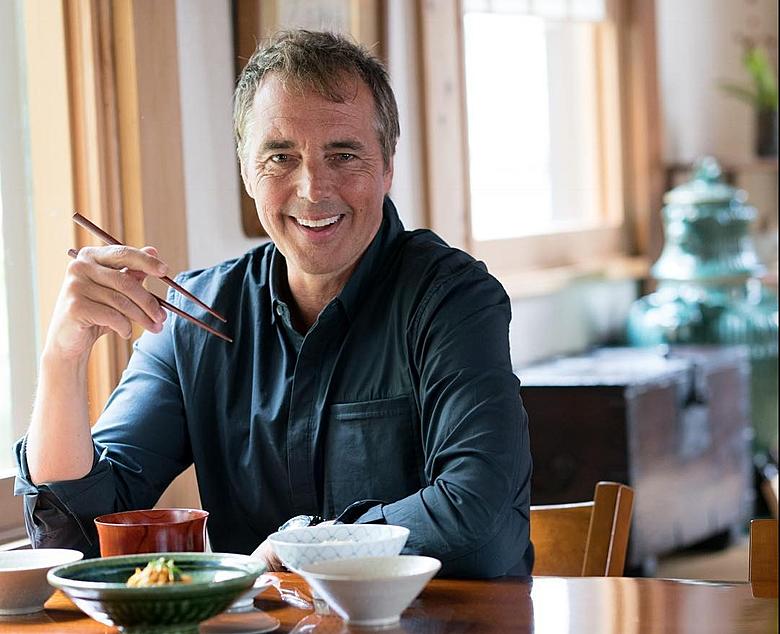 Dan Buettner | Instagram
Dan Buettner | Instagram
It’s a familiar sight in Buettner’s books and documentaries. Gardening is important; it’s a common activity in the Blue Zones—regions where people more frequently live to 100. Buettner has spent the last several decades studying these longevity hot spots. He’s written three books on the subject including his latest, The Blue Zones Kitchen: One Pot Meals. His 2023 Netflix series, Live to 100: Secrets of the Blue Zones, was a huge hit, and the Blue Zones’ brand of plant-based frozen meals is now a top seller.
The Blue Zones
The Blue Zones—Okinawa, Japan; Sardinia, Italy; Ikaria, Greece; Nicoya, Costa Rica; and Loma Linda, CA in the US (home to a community of Seventh-day Adventists)—have the highest rates of centenarians on the planet. Chronic disease rates are lower, and life expectancy outpaces the global average. But in his research, Buettner found that diet is only part of the equation. Movement, like gardening, along with finding a sense of purpose (what the Okinawans call ikigai), and maintaining strong social ties are also critical longevity factors.
Blue Zones has successfully launched interventions in US cities, including Fort Worth, TX; Miami Beach, FL; and the Beach Cities of California. All have shown measurable shifts: higher well-being scores, less smoking, more daily exercise, and reported improvements in weight management. But it is diet that has become the biggest focal point for the platform’s efforts here in the US.
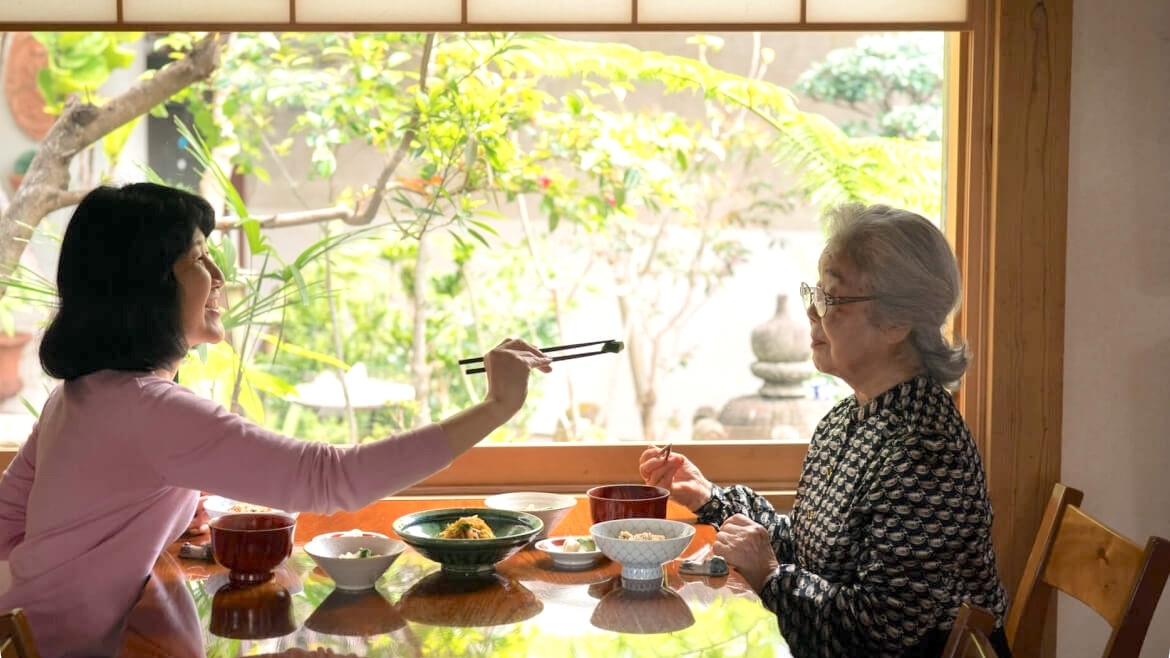 Blue Zones
Blue Zones
Over the past half‑century, age‑adjusted heart disease death rates have dropped by more than 60 percent in the US, largely due to advances in treatment and prevention. Still, diet‑related conditions like obesity, diabetes, and hypertension have surged, and deaths from obesity‑related ischemic heart disease rose by approximately 180 percent from 1999 to 2020. Interventions like the increasingly popular GLP-1s may be redefining how we address weight gain, but for the long term, diets rich in whole foods are critical, experts insist.
US News & World Report has named the Mediterranean Diet—a staple in two of the Blue Zones (Ikaria and Sardinia)—the healthiest diet for eight straight years. And the diets in the three other Blue Zones don’t look much different: beans, greens, whole grains, nuts, and vegetables are staples in everyday meals.
For Buettner, it’s simple: home-cooked, fresh foods are critical. “You have to realize that you’re never going to eat for longevity by going out to eat. It’s too hard,” he says. In his view, the food environment in America is structured to make the unhealthy choice the easiest one—meat, cheese, eggs, and processed options high in calories, sodium, trans fats, sugar, and other unhealthy ingredients. Every meal out, he notes, contains 300 more calories than if you cooked from scratch and ate at home.
One-pot to health
In The Blue Zones Kitchen: One Pot Meals, Buettner and his team worked to make this easy for modern American homes: plant-forward recipes prepared in a single pot or pan, grounded in the culinary traditions of the world’s longest-living communities. “You know, these people [in Blue Zones] have traditionally been poor and busy,” he tells me. “They’re working their fields or in their pastures, and they don’t have a lot of time for elaborate meals. So, one pot: the minestrones in Italy, the stews in Icaria, the beans in Costa Rica—these meals sustain them.”
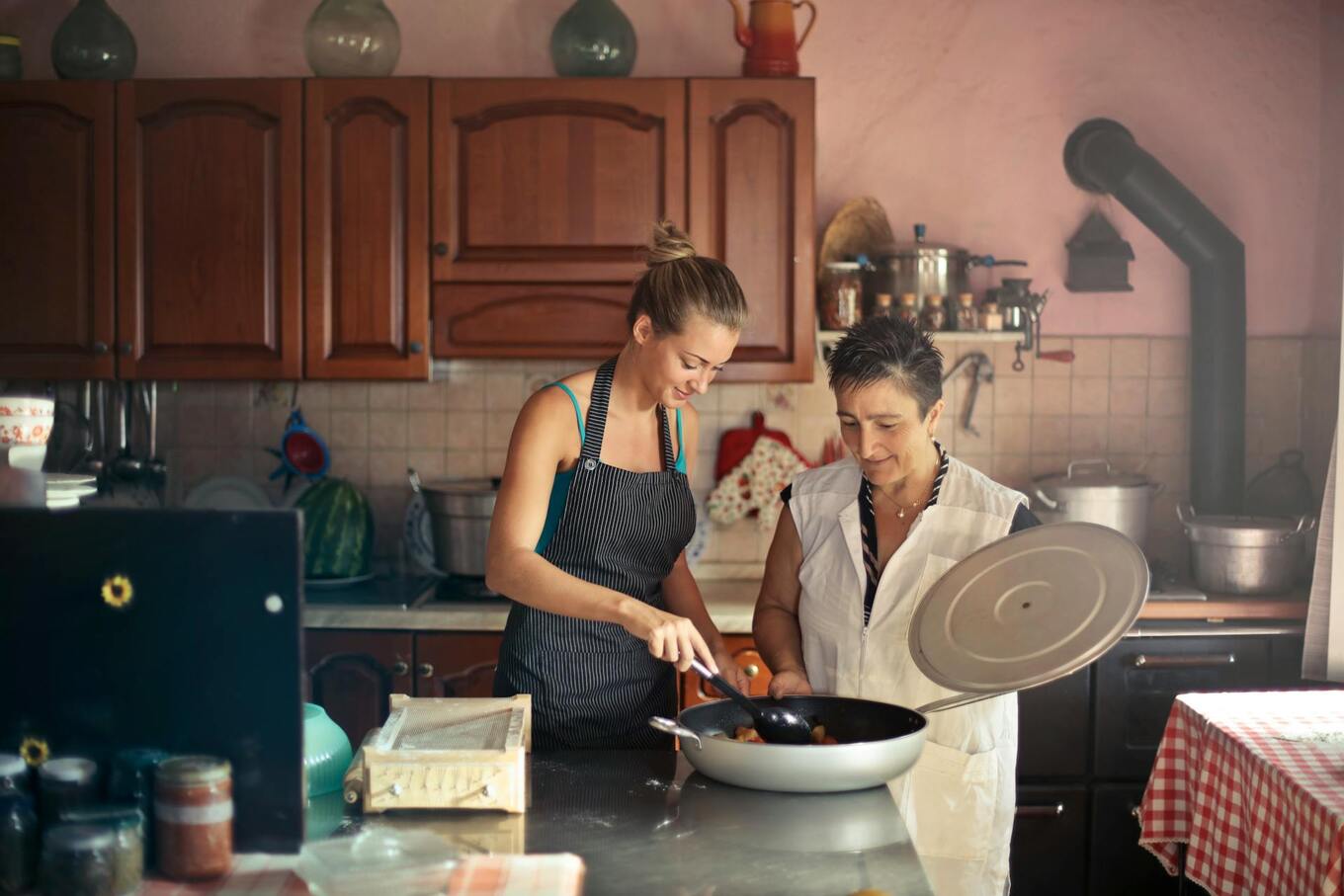 Pexels
Pexels
For Buettner, practicality is non-negotiable. He says the meals all have to be in one pot to accommodate busy homes with little time. “They have to cost under five bucks a serving, and they have to be able to be made quickly,” he says.
The book is more than a compilation of favorite recipes; the team reverse-engineered flavor by scraping more than 650,000 online recipes, isolating those with the most positive reviews, and mapping the commonalities in taste. From there, the recipe developers created the one-pot meals rooted in Blue Zones ingredients but engineered for American taste preferences. Then, they test-drove the recipes with a diverse group of 20 inner-city mothers in Miami. “And it was transformational for some of them,” Beuttner says.
BECOME A VEGNEWS VIP: Get exclusive product deals, freebies, and perks galore!
Recipes include an array of vibrant dishes: a protein‑packed Tex‑Mex Breakfast Skillet, Creamy White Bean and Tomato Soup, Sesame-Crusted Tofu Summer Rolls, and a Deluxe Blue Zones Minestrone. There are crowd‑pleasing falafels, Southern‑Style Sheet‑Pan BBQ Tofu paired with sweet corn and green beans, and a no‑bake pecan bar that offers a wholesome sweet bite with dates and purple sweet potatoes.
What the science says
One of the Blue Zones diet’s hallmarks across all locations is the variety of plant foods. Buettner points to research popularized by epidemiologist Tim Spector showing that consuming at least 30 different types of fiber-rich plants per week supports a healthier gut microbiome.
“Fiber. Not protein. Not fat. But fiber. Ninety percent of Americans don’t get enough fiber,” Buettner says.
The American Gut Project found that those who consumed 30 or more plant foods weekly had more diverse microbiomes than those who consumed fewer than ten. Gut bacteria feed on prebiotic fiber found in many plant foods, producing short-chain fatty acids that regulate inflammation, support immune function, and even influence neurotransmitters like serotonin.
For Buettner, this evidence reaffirms his commitment to what goes on the table: “By eating 30 plants a week, you’re feeding the whole range of bacteria. You’re making sure that your gut bacteria are happy and healthy, and in return, they make short-term fatty acids, which in our bloodstream modulate inflammation; it fine-tunes our immune system, and makes the precursors to our feel-good hormones.”
 Getty
Getty
Buettner is unapologetic about another longevity tool, too: time-restricted eating, commonly referred to as intermittent fasting. The practice has grown in popularity in recent years, but some research links restrictive eating to as much as a 91 percent higher risk of cardiovascular death. The practice has also been linked to side effects like headaches, fatigue, dizziness, and mood swings. Other findings highlight concerns around disordered eating—especially among adolescents and women—as well as potential losses in lean muscle mass and declines in diet quality.
But Buettner says intermittent fasting can play a key role in longevity. “It’s not controversial to me,” he says. “In fact, I think it is, apart from the kind of food we eat, the best longevity hack or strategy there is,” he continues. “Our early human ancestors didn’t wake up every morning and toddle over to the refrigerator and make a smoothie or get avocado toast,” Buettner says.
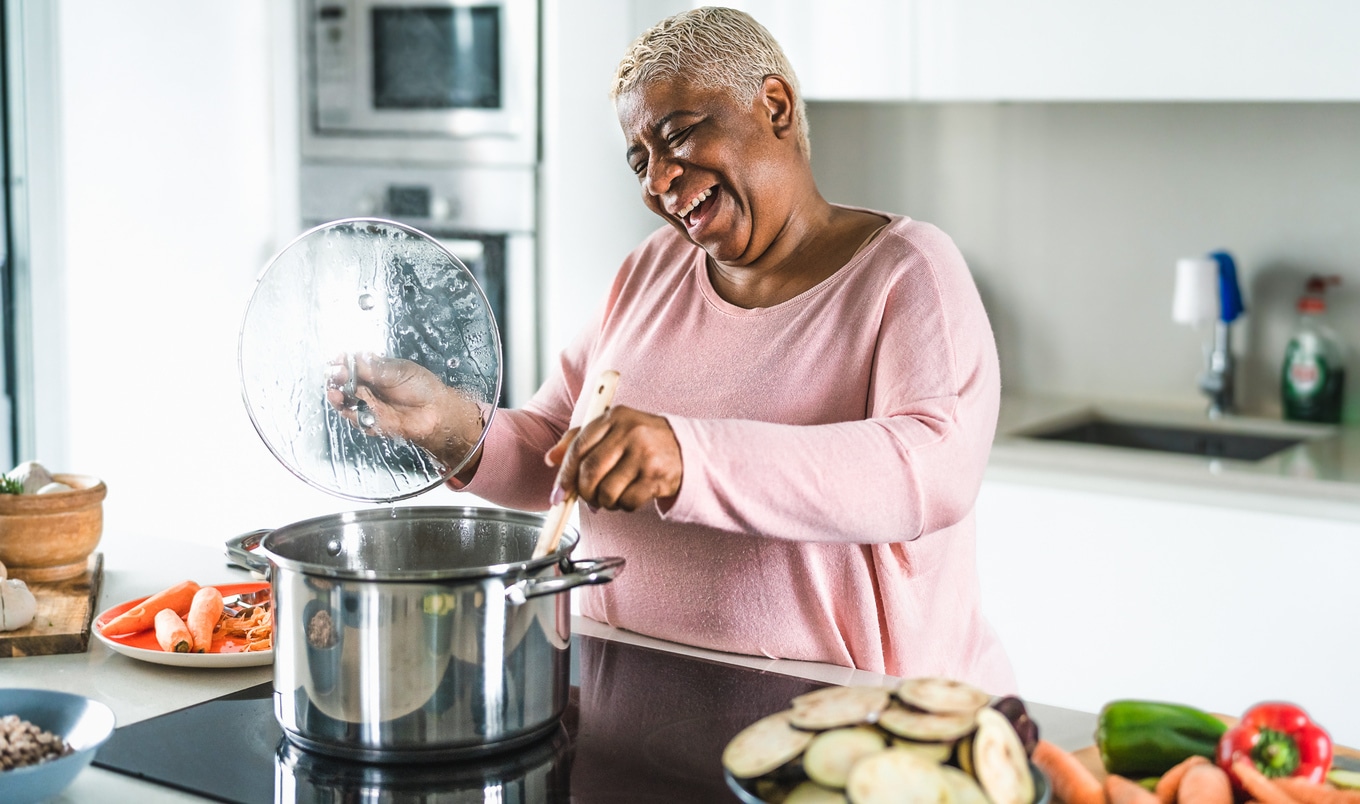 Adobe
Adobe
Across Blue Zones, people tend to finish their last meal early and let the digestive system rest until the following day. Science offers mechanisms: glycogen depletion that flips the body into fat-burning mode, autophagy that clears damaged cells, and improvements in insulin sensitivity. “So there’s good evidence from the Blue Zones and there’s good evidence from science,” he explained.
BECOME A VEGNEWS VIP: Get exclusive product deals, freebies, and perks galore!
Can we really live to 100?
For Buettner, what happens in the Blue Zones is no secret. Much of it is common sense—something Americans especially have lost sight of, opting instead for fad diets and magic pills. Buettner says that we need a reorientation toward eating as an act of daily medicine, as well as a means of finding greater joy and connection.
At its core, the Blue Zones framework reminds us that the table is the throughline to good health—from the vegetable gardens we plant to the people we share the meals with. His hope for the new cookbook is modest but practical: that readers will try the recipes, find a handful they love, and repeat them often. “My hope is that the Blue Zone Kitchen: One Pot becomes a starter manual for eating to 100,” he says.
 Getty
Getty
The challenge, he says, is not convincing people that vegetables are a necessary evil to health and longevity, but proving that meals built on them can be fast, affordable, and delicious. This idea—that repetition matters—echoes what he’s seen in the longevity regions. In Okinawa, elders eat purple sweet potatoes almost daily. In Nicoya, beans and corn tortillas are staples, not occasional features. Sardinian villagers simmer minestrone that feeds families for days. Health isn’t found in complicated recipes or exotic superfoods, but in the rhythm of familiar meals eaten consistently, in community, over a lifetime.
Buettner has spent much of the last fifteen years working with cities to reshape their infrastructure—building walking paths, adjusting zoning to allow community gardens, and strengthening social ties—all of which matter just as much as diet in the long run. But, he says, meals are where most people are ready and resistant to begin.
“We think we eat for health, or for saving the planet, even. But at the end of the day, 97 out of 100 people eat what’s going to taste good,” he says.
The Blue Zones philosophy, then, is less about perfection and more about nudging daily defaults—making the healthy thing not only possible but the most desirable. “My hope is you find your half a dozen recipes in the book that you absolutely love and make often,” he says. “And then, I’ll see you when you’re 100.”
For more plant-based stories like this, read:
JUMP TO ... Latest News | Recipes | Guides | Health | Subscribe

